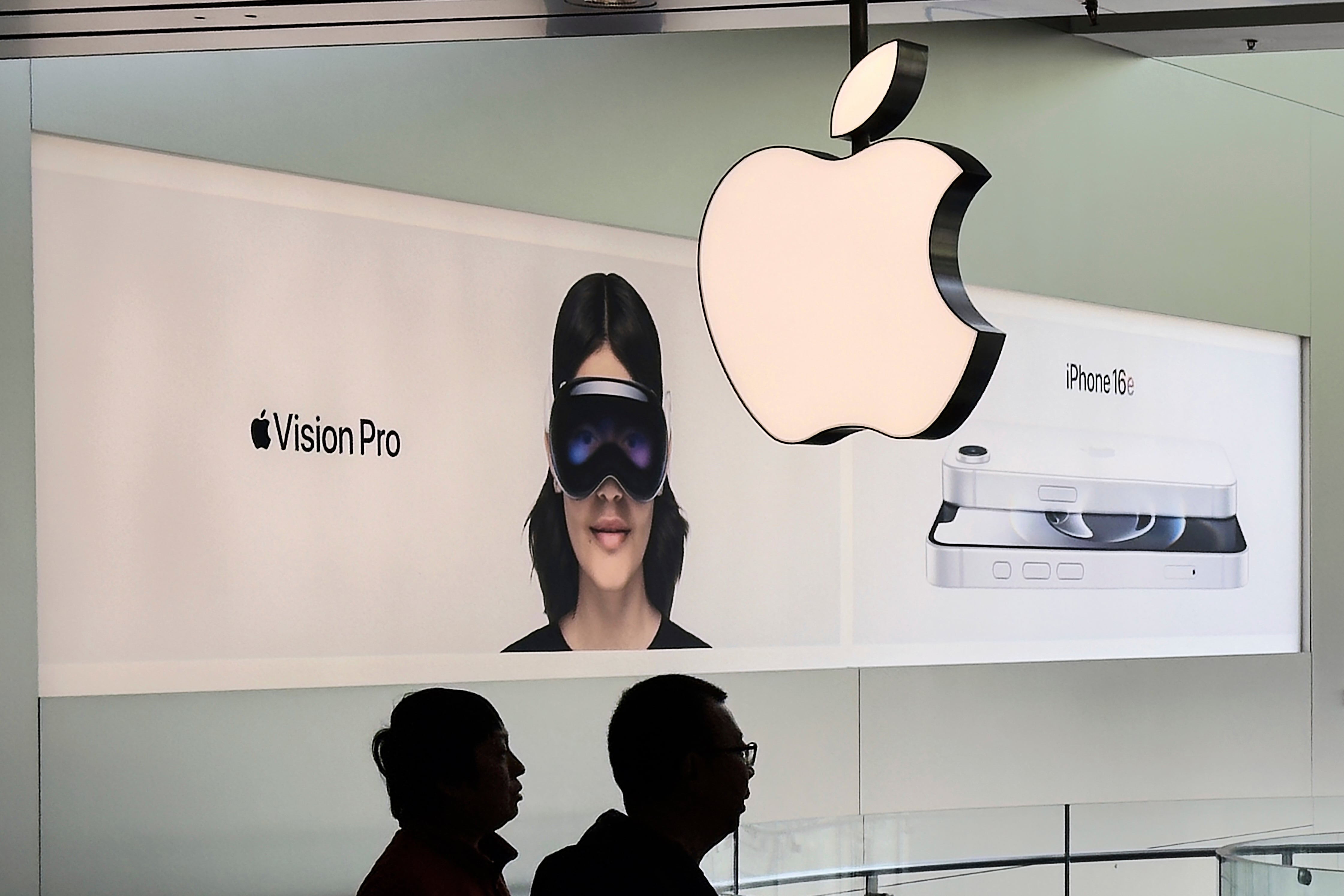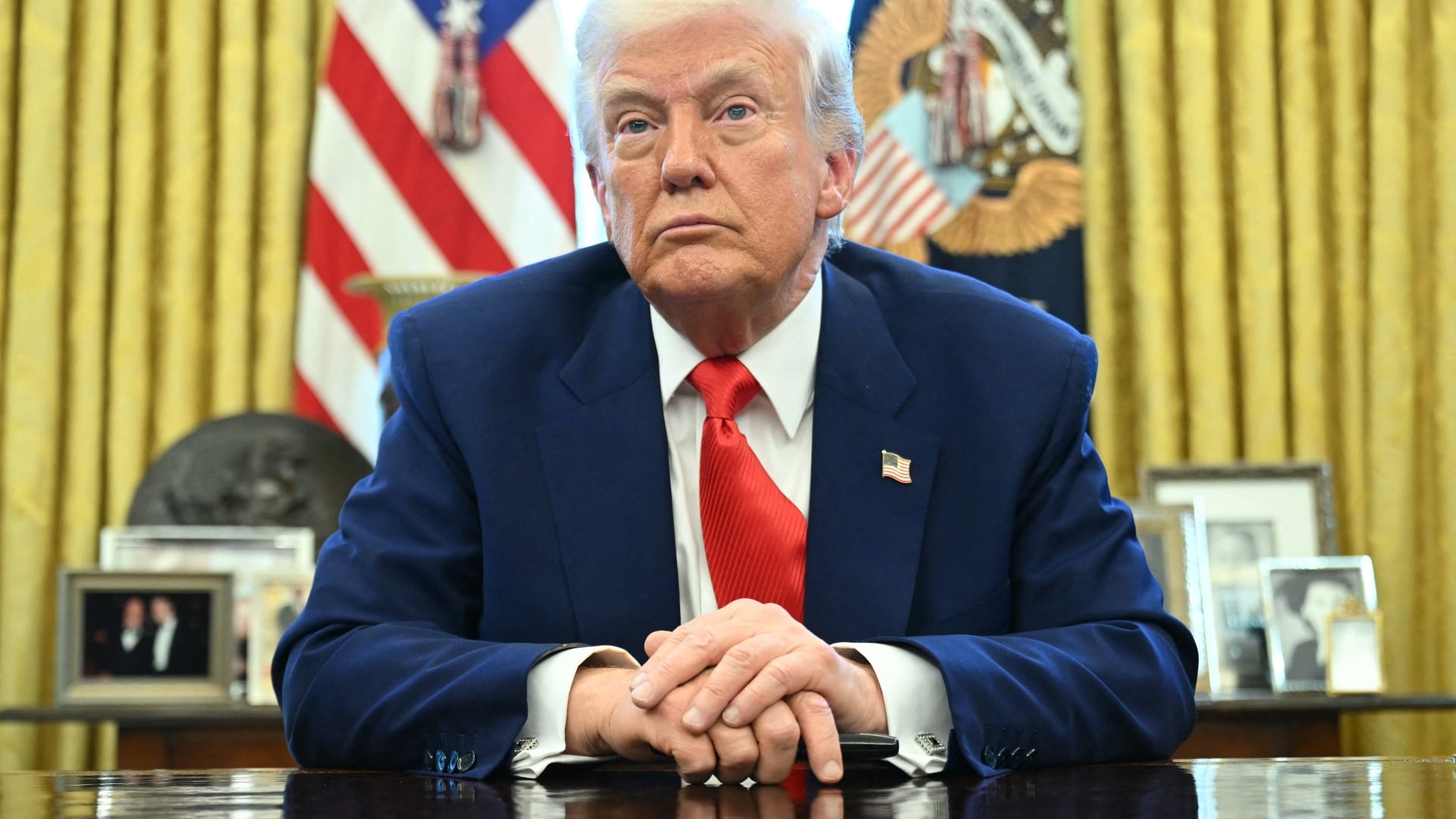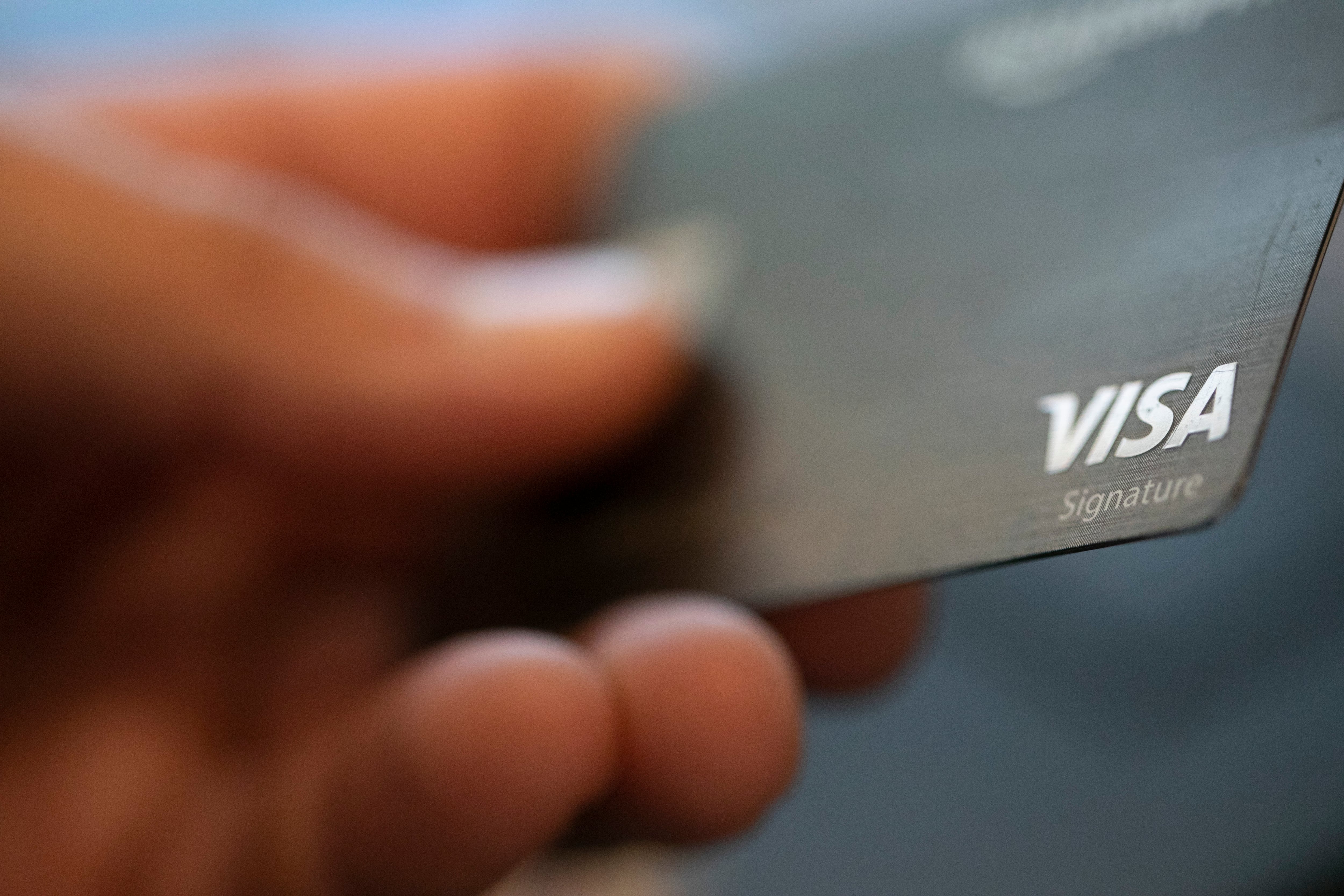This post is sponsored by the Ready Room.
In an era marked by the intersection of business operations and the dynamic landscape of electoral processes, the heightened cybersecurity risks that businesses face during election years loom as formidable challenges. As businesses embrace digital transformation and expand their digital footprints, the convergence of technological advancements and election-related cyber threats creates an overarching imperative for businesses to fortify their cybersecurity posture with unwavering vigilance and proactive defense strategies.
1. "Eyes on the Wires" Threat Hunting
A proactive approach to cybersecurity involves the continuous vigilance in hunting for potential threats across network and device environments. This entails leveraging advanced threat detection tools and techniques to identify and thwart potential cyber threats before they manifest into disruptive incidents.
2. "Shield the Gateways": Email Security Measures
The proliferation of sophisticated email-based cyber threats necessitates the implementation of robust security measures to safeguard against phishing attacks, social engineering tactics, and email spoofing. Employing advanced email security solutions can help businesses fortify their defense mechanisms against deceptive email-borne threats.
3. "Operational Safe Havens": Securing Remote Work Environments
With the prevalent adoption of remote work paradigms, securing remote connections and digital collaboration platforms becomes imperative. Implementing stringent access controls, multifactor authentication, and encrypted communication channels fortifies the resilience of businesses against unauthorized access and data breaches in remote work environments.
4. "Resilient Code, Resilient Fortress": Secure Software Development
Business-critical software solutions should be developed with cybersecurity at the forefront, integrating robust security protocols and secure coding practices. The integration of secure software development lifecycle (SDLC) methodologies ensures that businesses are equipped with resilient and secure digital assets to withstand potential cyber incursions.
5. "Intel is the Vanguard": Collaborative Cyber Threat Intelligence
Maintaining a proactive stance against emerging cyber threats entails the collaborative sharing of cyber threat intelligence among businesses. Engaging in information-sharing partnerships and industry alliances enhances the collective resilience of businesses by augmenting their ability to preempt and mitigate evolving cyber threats.
6. "Mind the Human Element": Cybersecurity Training and Awareness
Instilling a culture of cybersecurity awareness and equipping employees with the knowledge and skills to identify and respond to digital risks is paramount. Comprehensive cybersecurity training programs empower employees to become active participants in safeguarding business assets from online vulnerabilities.
7. "Compliance as a Bastion": Compliance Adherence in Election-Year Cybersecurity
Staying abreast of the regulatory landscape and compliance requirements pertaining to election-year cybersecurity is fundamental. Businesses must navigate the intricate nexus of electoral regulations and cybersecurity mandates to ensure adherence and robust governance in the face of evolving digital risks.
By embracing these tactical measures, businesses can fortify their resilience and safeguard their digital assets amidst the intricate dynamics of election-year cybersecurity risks. The convergence of proactive defense strategies, operational resilience initiatives, and informed vigilance serves as a bulwark against the uncertainties posed by election-related cyber threats, enabling businesses to navigate the digital terrain with steadfast resolve and fortified cybersecurity posture.
Clint is a retired Navy SEAL with 20+ years of service who continues to serve by empowering people with safety and security skills at home, work and abroad.













